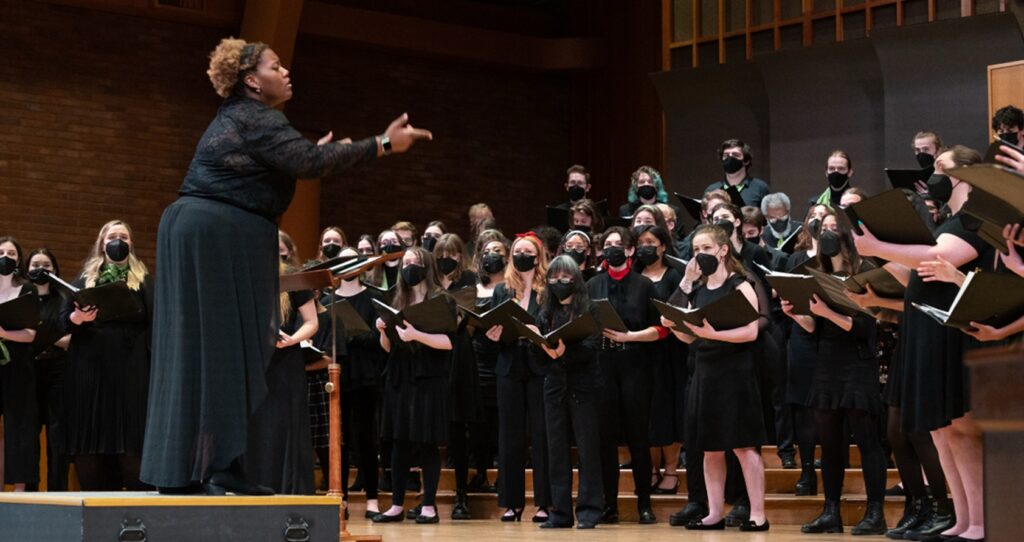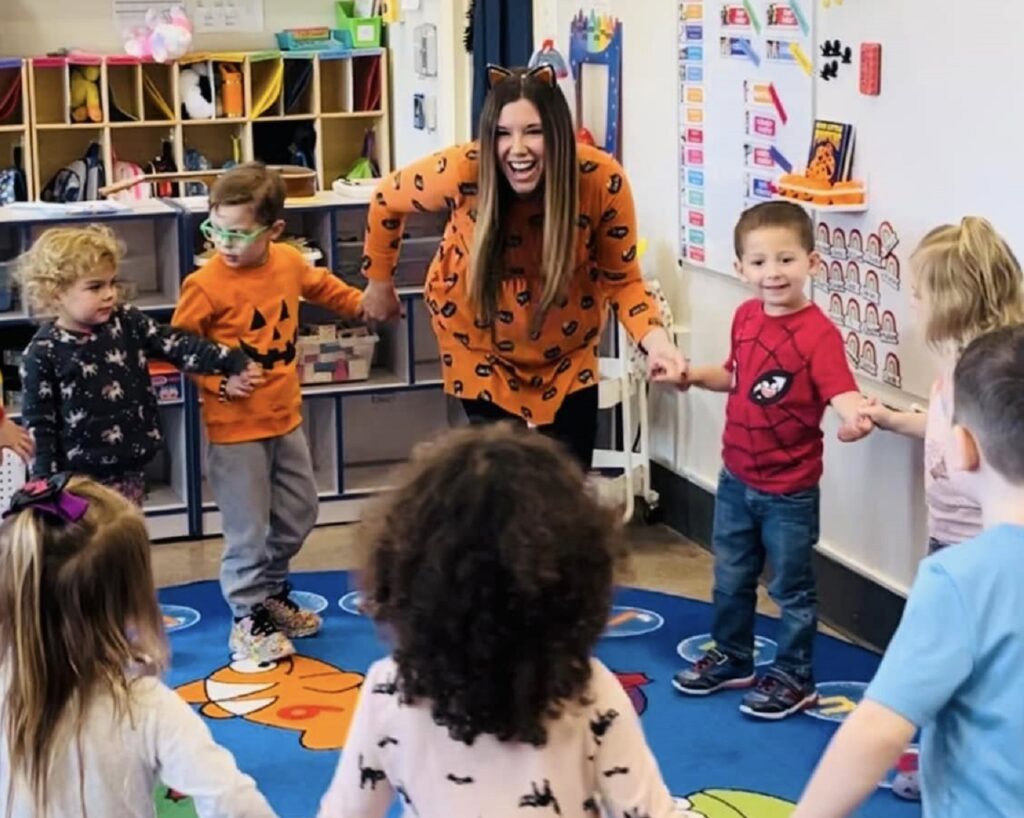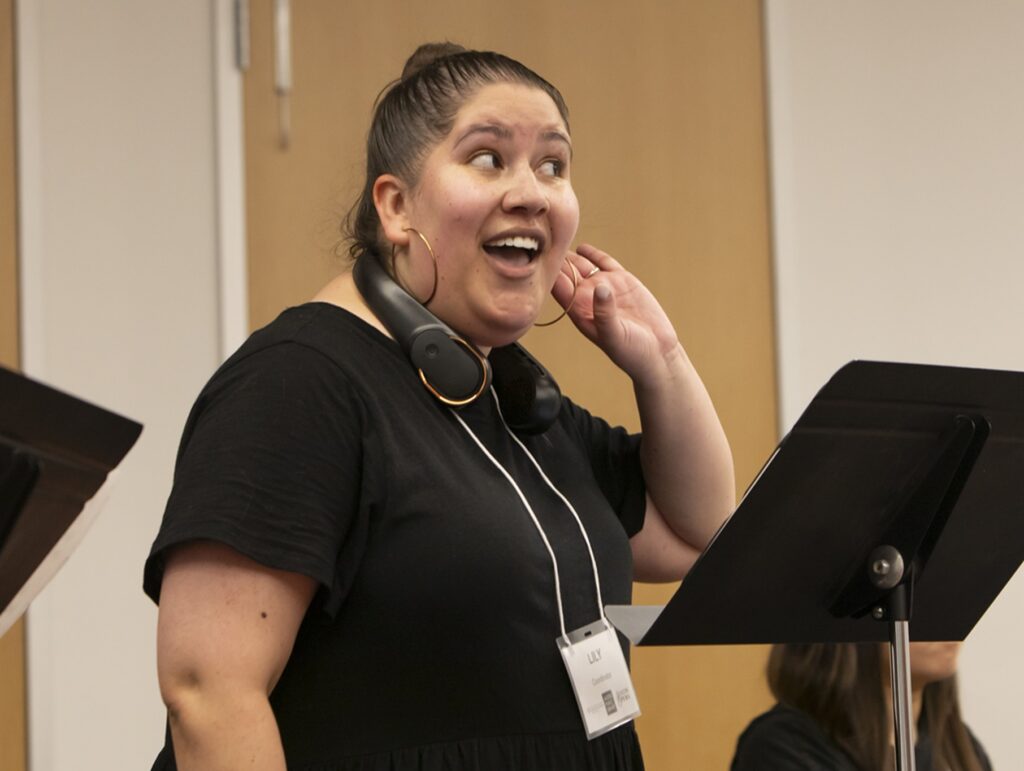Tagged Under:
Case Study: Implementing A Successful Group Piano Program
Connect with more students and determine a faster pacing with group lessons.
Tammy Miller, a member of the Omaha Conservatory of Music’s artist-faculty and the Keyboard Explorers Liaison, who coordinates piano group lessons, is working to change the way students engage in piano lessons. In doing so, she hopes to create more students for life.
Miller herself was a late beginner — she started taking piano lessons at 14. She says her father decided she might have some talent in music, so he bought her a digital keyboard and signed her up for lessons with the lady down the street.
“I was hooked and decided to make it my lifelong passion and career,” Miller says.
She went to Idaho State University for piano and vocal performance, and through the school’s Preparatory Piano Program, she started teaching at a pretty young age. Then, Miller began to take some educational psychology courses and realized she loved learning about how people learn, which inspired her to go to the University of Oklahoma to get a master’s in piano and pedagogy, where she also taught group piano lessons.
When she landed at the Omaha Conservatory of Music, there wasn’t an established group piano program, so Miller worked to implement one called Keyboard Explorers. “A group piano program is beneficial for the students and the community,” she says.
Building a Program’s Success
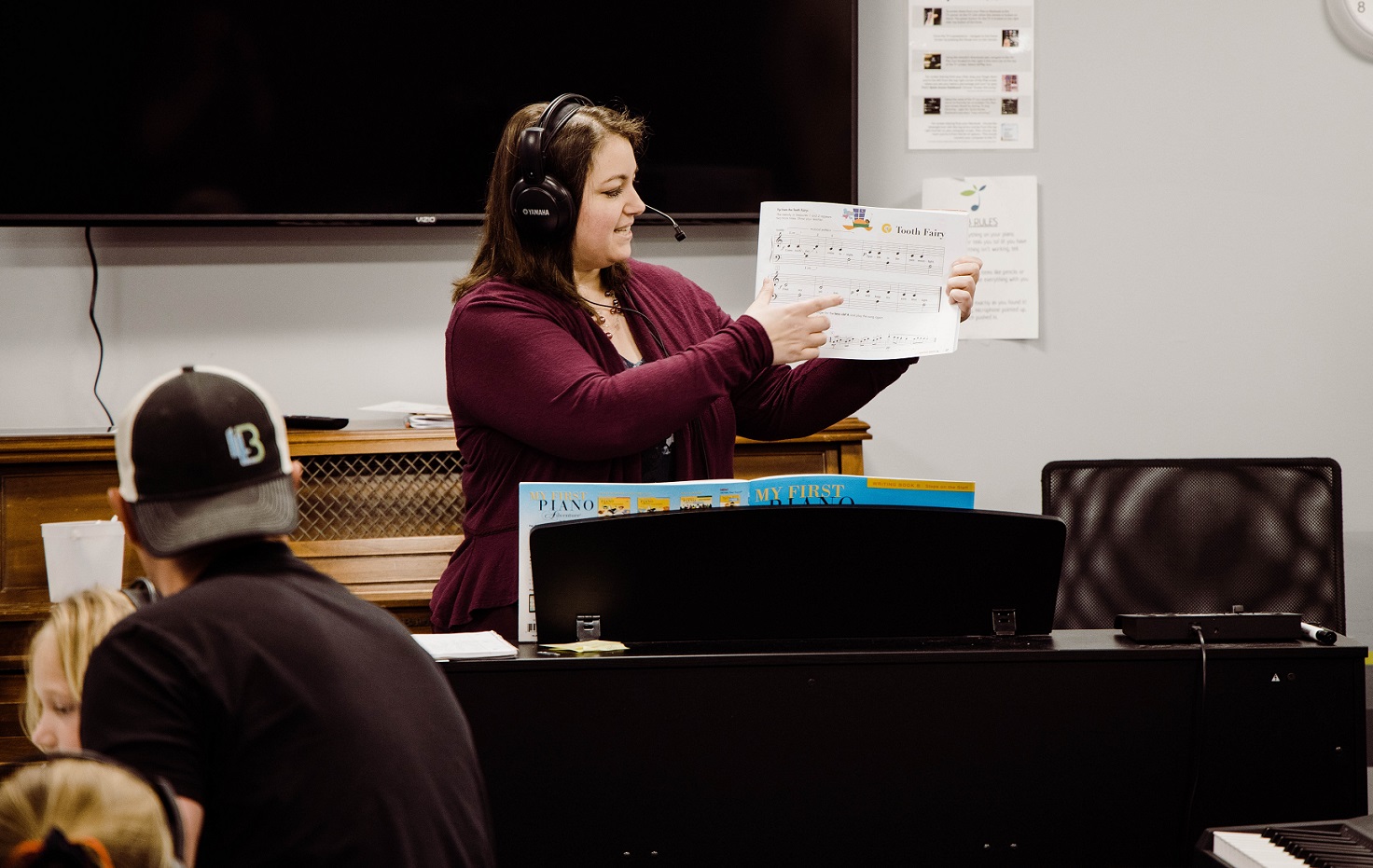 A group piano program is a unique and fun way for students to progress quicker than if they were taking individual lessons, Miller says. With a group of students who are at the same level, you can pre-determine the pacing and you can make lessons more curriculum based rather than individualized. The pacing can move faster as students’ skills develop because they are following the same curriculum with the same teacher.
A group piano program is a unique and fun way for students to progress quicker than if they were taking individual lessons, Miller says. With a group of students who are at the same level, you can pre-determine the pacing and you can make lessons more curriculum based rather than individualized. The pacing can move faster as students’ skills develop because they are following the same curriculum with the same teacher.
And, a successful group program builds community. Students form friendships in a group setting, which encourages them to practice and commit to their piano playing.
“It’s like if you’re trying to stick to a new workout routine and you go to the gym with a friend,” Miller says. “Having a buddy helps encourage students to continue lessons.”
Miller believes that another way to ensure a program’s success is to have an event for students to work toward. She plans to implement a recital and a graduation after her eight-week courses.
Her students usually progress through two levels of Keyboard Explorer lessons before moving to individual lessons. “It’s up to the teacher and student/parent — with the help of the liaison — to determine whether the student is ready for individual lessons, should advance to level 2 or even retake level 1,” Miller says.
“In some ways, group lessons act as a feeder program. It’s a way to see which students would be a good fit for your studio if you don’t do any auditions, and it’s a good way for students to find a teacher they connect with,” she adds.
Group classes also have a shorter timeframe and are less of a financial commitment so parents can decide if studying piano is right for their child.
Overcoming Challenges
 It can be a challenge to build a Keyboard Explorer program, but it is also a labor of love — as long as you are patient, Miller says.
It can be a challenge to build a Keyboard Explorer program, but it is also a labor of love — as long as you are patient, Miller says.
Some issues that she has run into include convincing an administration and parents about the value of the program. It took five years to grow the Keyboard Explorers, which started with Miller as the sole teacher. Now the program offers eight sections of keyboard classes for children and adults. “The model has worked and grown in popularity! In fact, since the success of the Keyboard Explorers, the conservatory administration has now created Explorer-type classes for every instrument,” Miller says.
Another potential problem is that students are required to practice at home or outside of their lessons. To facilitate practicing, the Omaha Conservatory of Music has practice rooms that students can use.
While Miller’s group piano lesson are eight weeks, she says that a course can range from eight to 16 weeks long per level. Miller finds that her eight-week model works best for student retention because the time commitment is less daunting, and it allows students to get their feet wet to see if they eventually want to move on to individual lessons.
Connecting Through Community
A group program makes teaching piano adaptable and approachable. Teachers can adjust to student needs and connect with more students at once.
“One of the issues that the conservatory faced was a long student waitlist, and a lot of students on that list were beginners,” Miller says.
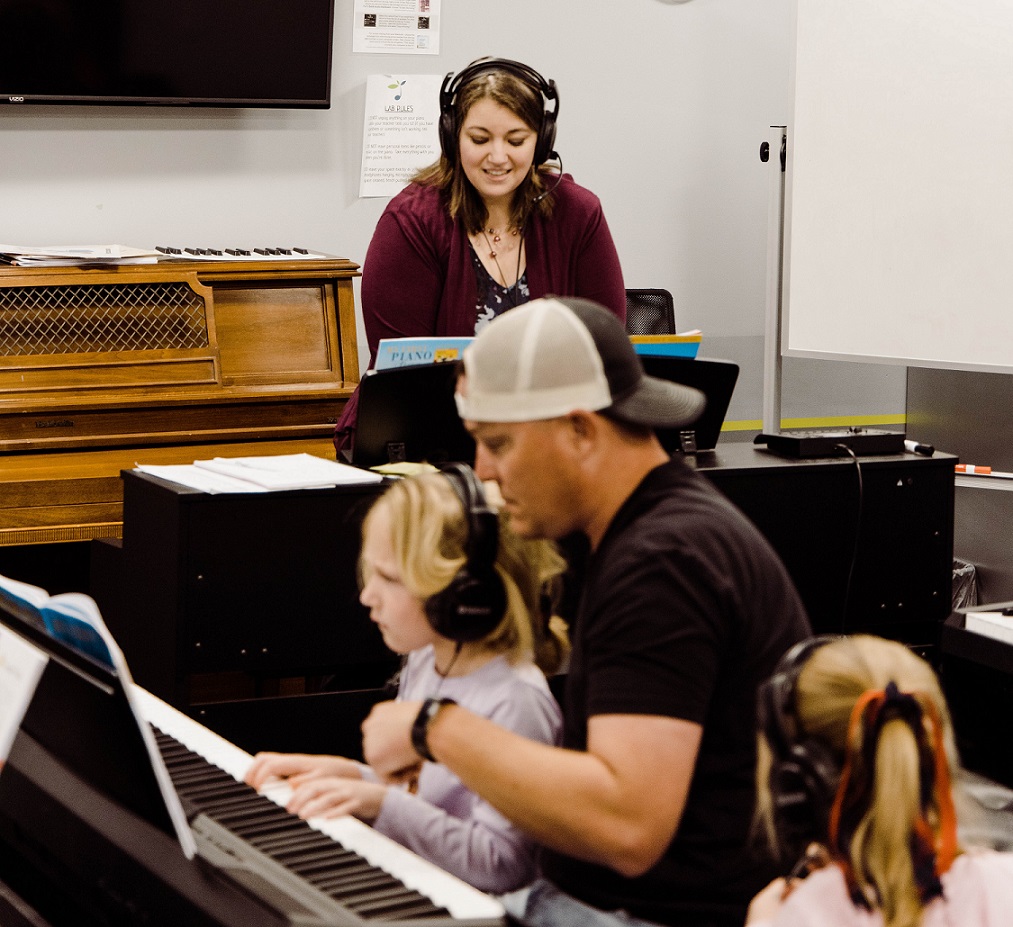 In the past, the solution to having more than 100 students on a waitlist was to hire more teachers, which proved to be easier said than done. “There were students who had to be turned away because there just wasn’t enough room or individual teachers,” Miller says. “The Keyboard Explorers program is a great way to give more students the opportunity to take lessons at the conservatory!”
In the past, the solution to having more than 100 students on a waitlist was to hire more teachers, which proved to be easier said than done. “There were students who had to be turned away because there just wasn’t enough room or individual teachers,” Miller says. “The Keyboard Explorers program is a great way to give more students the opportunity to take lessons at the conservatory!”
A group piano program allows for many students of different age groups and abilities to take lessons. For example, beginner courses can be split by age, such as 6 to 8 and 9 to 12, with multiple levels.
This gives students (and parents) a chance to try out piano lessons in a cost-effective setting.
At the Omaha Conservatory of Music, the Keyboard Explorers program uses a keyboard lab, which can host 12 students at a time.
For younger kids ages 8 and under, parents are required to take the class alongside their child. “Parents are learning with their students! It can be a fun bonding experience for parent and child,” Miller says.
Having a teacher who knows how to teach both parents and students in a class geared toward students is really important, she says. Not all parents have a background in music, much less piano, so by participating in the class, parents can help their child at home, which helps students progress faster and tackle music of increasing difficulty.
Overall, Miller has seen a successful retention rate since implementing the Keyboard Explorers program and has had at least one student per session continue on with lessons.
“The students who come through the program are awesome,” Miller says. “We’ve seen the community come together, and friendships have formed because of the group lessons.”











